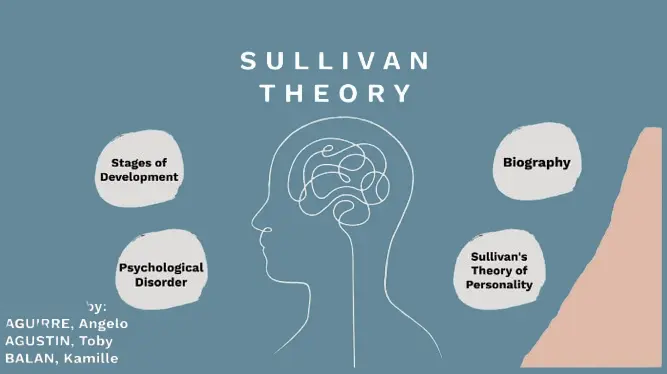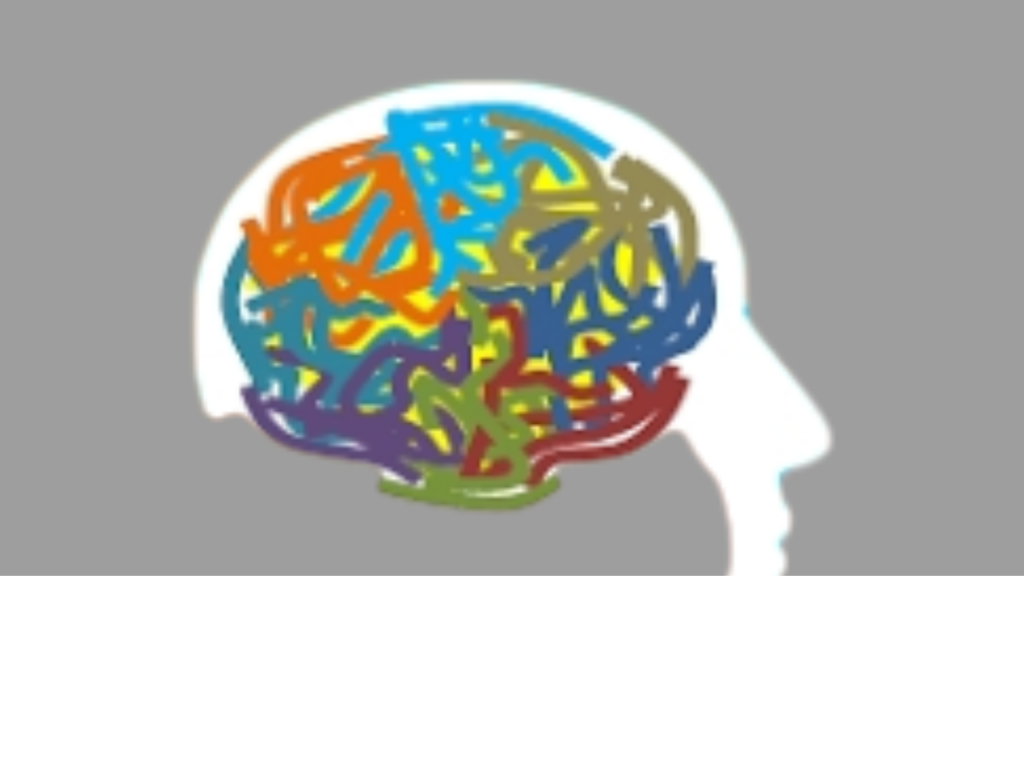Any sexual act that takes place without consent is considered sexual abuse. It is also known as sexual assault or also sexual violence, and it encompasses a variety of sexual activities such as forced oral sex, rape, and also unwanted sexual touching. It is not the victim’s fault that they were abused, regardless of the act that took place; assistance is available to help them start to heal from such abuse.
what is sexual abuse?
The issue of sexual violence is widespread. Shock, dread, grief, and in certain situations anxiety or depression disorders can result from the abuse. However, social support, coping mechanisms, and treatment can lessen the load and aid in the healing of survivors.
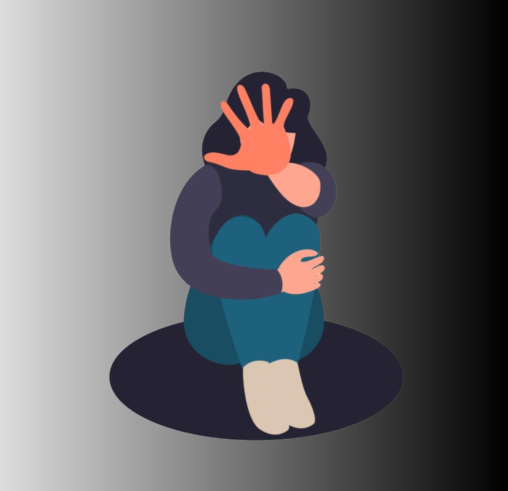
Obstacles pertaining to the individual, the community, and the law frequently keep survivors from reporting the abuse and getting the support they need. There is still more work to be done to bring about cultural change and end sexual violence, even if the #MeToo movement and the ensuing national conversation have made a significant contribution to addressing sexual harassment and assault.
Sexual abuse types
Contact abuse.
When a child is physically abused, it is referred to as contact abuse. This comprises:
- sexual touching of any part of a kid’s body, whether or not they are dressed;
- raping or penetrating a child with a body part or object;
- Compelling a child to engage in sexual activity;
- Forcing a child to undress or touch another person.
Sexual abuse isn’t limited to penetrating; it can also involve oral sex, kissing, and touching.
Non-contact abuse
When a child is assaulted, it’s known as non-contact abuse because the abuser doesn’t touch the victim. This can be done online or in person and consists of:
- displaying or flashing pornography;
- subjecting children to sexual acts;
- causing them to masturbate;
- Compelling children to create, watch, or distribute films or images of child abuse; compelling children to engage in online or smartphone-based sexual activities or conversations.
Signs of Sexual Abuse
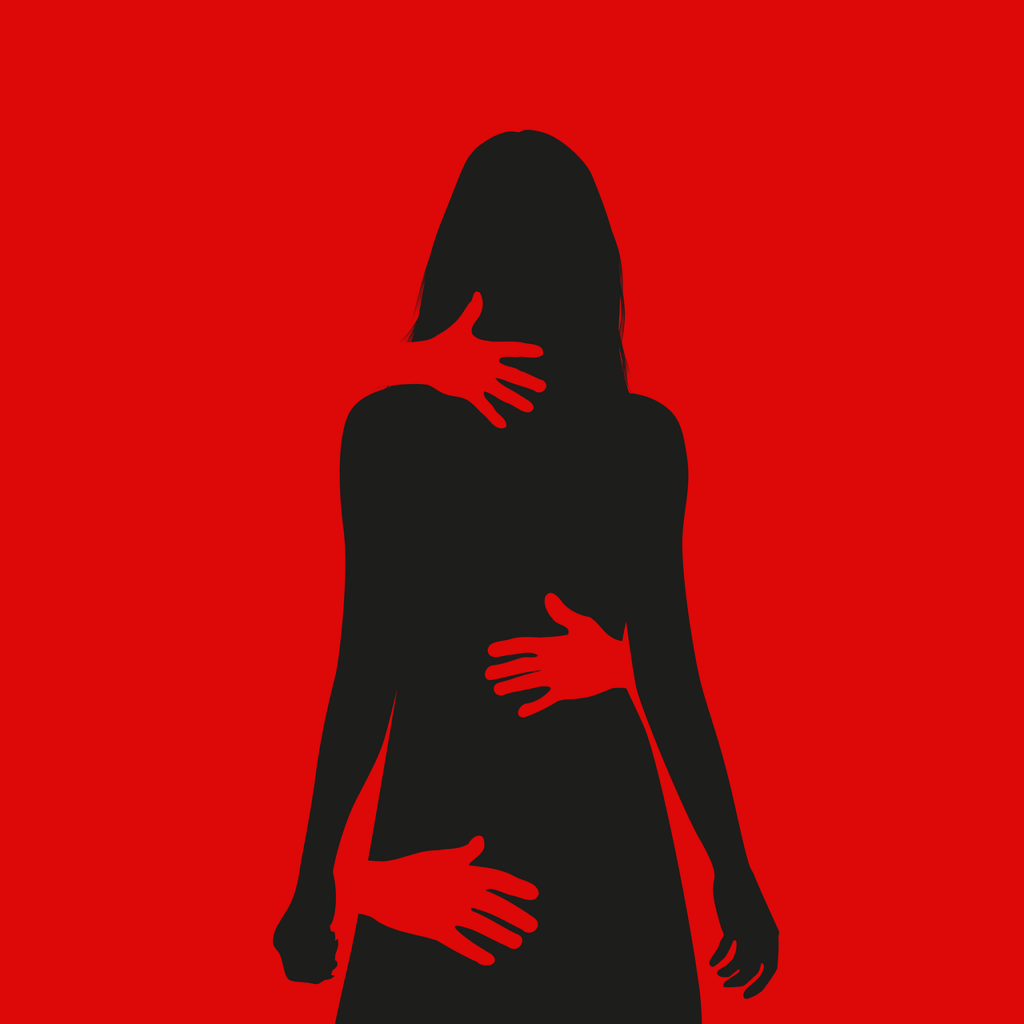
Although children frequently don’t disclose sexual abuse (learn about why), on occasion they may exhibit emotional, physical, and behavioral abnormalities. Many of these changes aren’t exclusive to sexual abuse; they can also result from stress or other types of trauma, and they can differ depending on the victim’s age. However, it’s critical to recognize these symptoms, determine the cause, and get your child assistance.
Behavioral Signs
Survivor of child sexual assault Melisa explains how her screams for assistance appeared to be inappropriate behavior
The following actions may indicate that your child has been the victim of sexual assault or another type of trauma:
- acting younger or returning to earlier roles and pursuits
- Abrupt behavioral shifts Fear of being by themselves with a particular individual
- Unexpected, inexplicable phobias about specific locations or types of individuals (such all those who possess a specific trait)
- aversion to being touched
- alterations in the standard of assignments or grades
- misuse of substances
- Misbehavior
- Self-harming acts such as self-mutilation or negligent behavior
- excessive tampering with their own intimate areas
- persistently having sex with toys, pets, or friends
- Frequently, sexually explicit drawings
- Unusual, ongoing, or improperly developmental inquiries regarding human sexuality
Physical Signs
The following physical indicators may point to an issue, including potential sexual abuse:
- Eating in excess or insufficiently
- Having difficulty falling asleep
- Clothes getting soiled or wet, or bed wetting (or a spike in the event that it already occurs)
- stomachs
- Genital pain or itching that is physical
- underwear soiled with secretions or blood
- bleeding in the rectal area
- difficulties standing or sitting
Take your child to the doctor as soon as possible if they exhibit any of the physical symptoms mentioned above.

Emotional Signs
Some emotional indicators of a potential issue, including potential sexual assault, are as follows:
- severe anxiety characterized by clinging or nightmares
- Depression (including feelings of withdrawal, low self-worth, suicidal thoughts or attempts, or excessive sobbing)
- Anger to the extremes (temper tantrums, aggressive behavior, or heightened irritation)
If your child exhibits any of these emotional indicators, have a conversation with your physician or the school counselor.
Consequences of abuse in sexual relations
There are both immediate and long-term consequences of sexual abuse. Sexual abuse can have lifetime effects. Adults, adolescents, and children may coexist with:
- depression and anxiety
- eating disorders
- post-traumatic stress disorder challenges ways to deal with stress and self-harm
- suicidal ideation and actual suicide
- infections contracted during intercourse
- pregnancy
- emotions of guilt and humiliation
- drug and alcohol abuse issues
- Issues with friendships, partners, and family relationships.
Who is in danger?
Any youngster could experience sexual abuse. It’s critical to keep in mind that sexual abuse can affect both boys and girls.
The majority of children who have experienced sexual abuse did it from a known individual. This might be a friend, relative, or someone who has specifically targeted them, such as a sports coach or teacher.
It’s possible for someone they know to sexually abuse a child who is molested online. They might also suffer from abuse from a stranger who develops a relationship with them or from someone who engages in occasional sexual assault.
Certain kids are more vulnerable to being sexually abused. The likelihood of sexual abuse against children with impairments is higher, particularly for those who are unable to report the abuse to someone or don’t understand it.
prevention sexual assault
We can all do our part to protect kids and also stop sexual abuse. Sexual abuse can be prevented before it occurs. We can assist in giving a child a voice so they can inform someone if they have experienced sexual abuse.
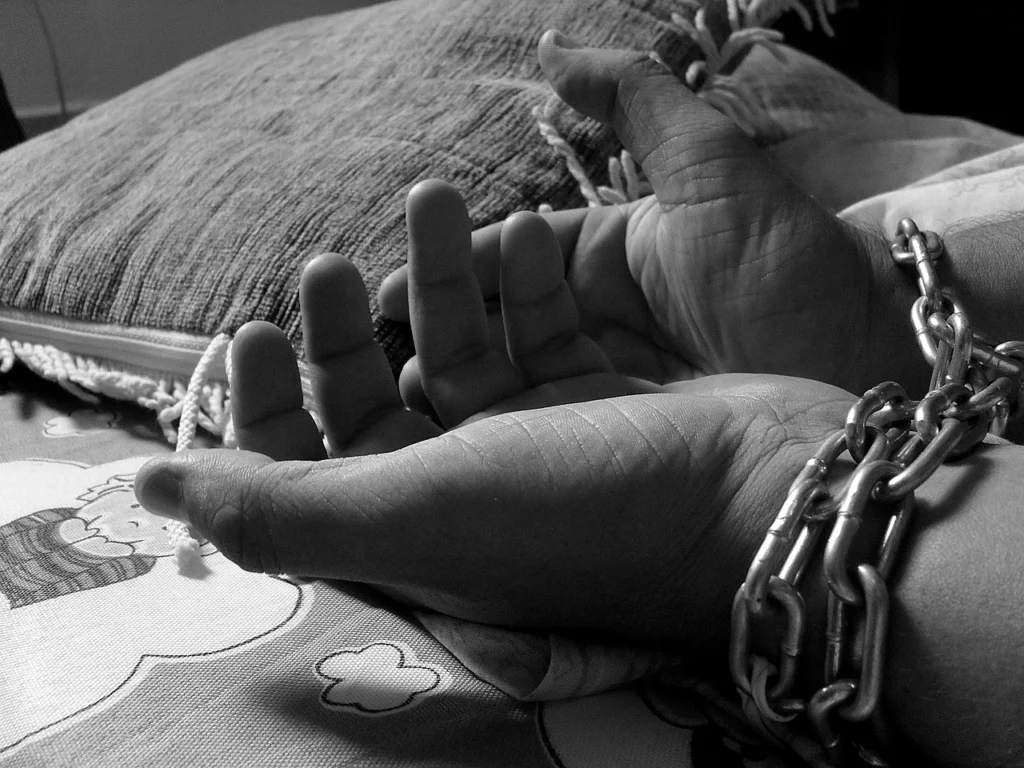
It takes a team effort to learn more about the factors that contribute to child sexual abuse and effective prevention strategies. The CDC offers several tactics (STOP SV) to help prevent or also lessen sexual violence. The tactics include encouraging social norms that guard against sexual assault, imparting knowledge on how to stop it, also giving girls and women opportunity to be empowered and supported, establishing safe spaces, and helping victims and survivors do less harm. The CDC also offers additional methods for preventing child abuse and neglect, such as bolstering family economic support, offering early-life high-quality care and education, also improving parenting techniques to foster healthy child development, and acting to minimize short- and long-term consequences.

